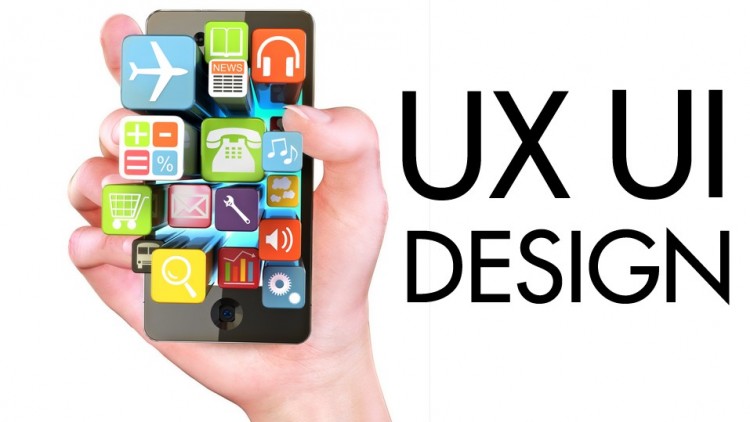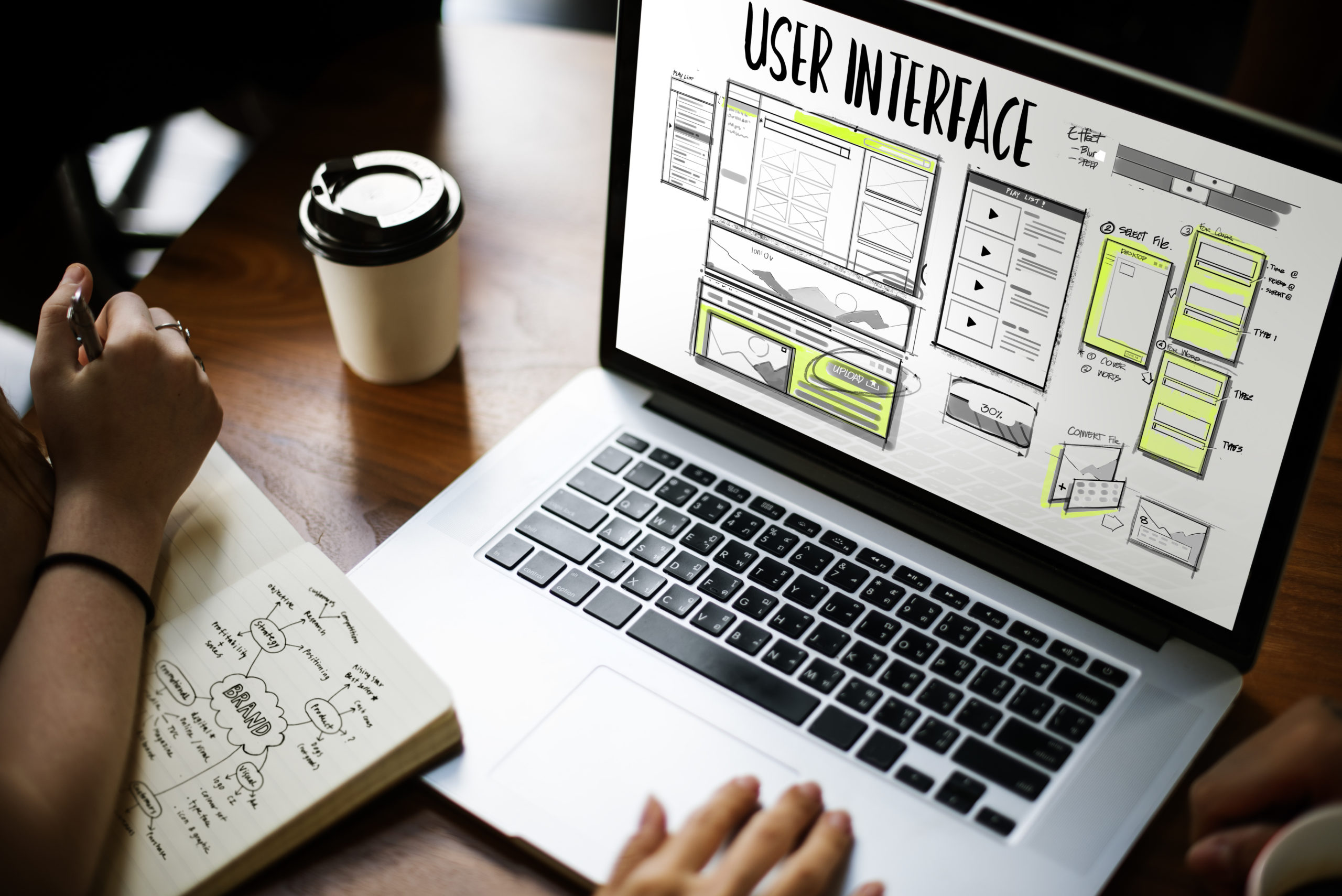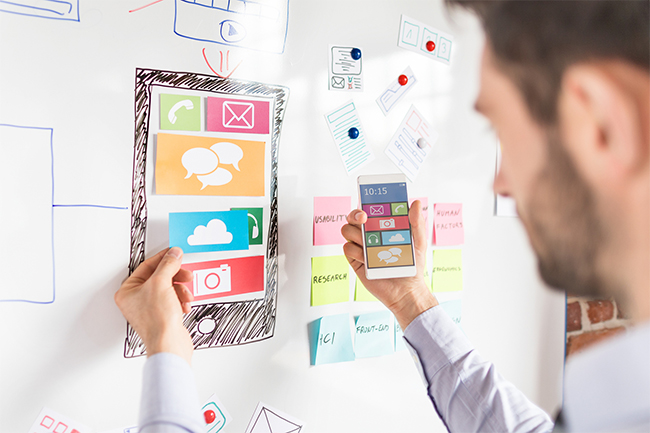The tasks of UX designers are perplexing. You may be familiar with the term “UX designer,” but what about “visual designer,” “product designer,” or “UX unicorn”? Worry no longer, since we’ll clear up any confusion you may have. We’ll look at six popular UX positions and how they contribute to the design process in order to cut through the fog of UX roles. You’ll soon have a clear idea of which employment role is best for you to pursue.
Learning how to become a UX designer and then getting a job in the business are two very different things. Indeed, a job posting for a “UX Designer” might have many different connotations, not to mention personal interpretations.
Because the area is new and the term “UX Designer” is still relatively unknown, different organizations anticipate dramatically different things from the same job title. When pursuing a career in UX design, it’s easy to become perplexed about what you’re getting yourself into. It’s not just you who could be perplexed–many firms don’t know what they need or want from their UX team or the UX process.
Designers appear to generate new job titles each year to represent loosely overlapping duties, so it’s no surprise if you’re confused! The point is, it’s critical that you grasp the various UX roles. Because if you want to get your first UX job or make a career change in UX, you need to know what UX role you want to take on. After all, if you’re unsure of your destination (i.e., the UX role you want), you won’t be able to take the necessary actions to get there. For example, you cannot develop your UX portfolio unless you first determine which UX role you want to target.
Whether you work for a startup or a major business, your career as a UX designer will engage you directly in the process of making a product helpful, usable, and enjoyable for the company’s intended target user group. Whether you manage a huge team of UXers or work alone, the UX process is the same and follows the same steps:
User Research
Speaking to real consumers in your target demographic about your product is what user research entails. If the product does not currently exist, it is necessary to consult with users of similar goods to determine what they want from this type of platform. If it’s an existing product, you’ll be asking questions about how they feel navigating your present design, their success in attaining their goals, and whether they can simply and intuitively discover the information they’re searching for. For this stage of the process, a variety of tools are typically used, including questionnaires, focus group discussions, task analysis, online surveys, persona construction, and user journey mapping.
Design
During the design phase, you will focus on how your product/service can accommodate how the consumer already behaves (as seen during User Research). Your product’s design is centered on utility and usability rather than colors or images (these are established later by a visual designer). After determining what your users expect from your product or site, what their goals are, and how they prefer to operate a system through user research, you will now concentrate on functionality and usability. During this phase, you will design your user’s journey through the site using the following techniques: Wireframing, prototyping, and information architecture.
Testing
Testing ensures that the changes made during the design process (if revamping an existing product) hold up under scrutiny. It’s an excellent technique to eliminate problems or user challenges that arose during the design phase before moving on to the implementation phase. Usability testing, remote user testing, and a/b testing are examples of testing approaches. (Keep in mind that testing can be repeated at any point of the process and is frequently used to improve design quality and correct problems.)
Implementation
If you’ve never worked with web developers before, this is a vital component of the job to consider. During implementation, you will collaborate closely with developers to achieve your project’s end goal. The developers will be working to turn your design concepts into an actual, working website; how you approach this relationship will decide whether your project succeeds or fails. Keeping your developers informed throughout the process will make the final phase easier for everyone; you as the UX designer will have reasonable expectations of what the developers can accomplish (and in what time frame), and the developers will not be caught off guard at the last minute.
Most CEOs and managers are still learning about UX Design, which is why job titles are so confusing. As a result, you will most likely be teaching UX to your coworkers and employers as much as you will be implementing it in the product, at least at first. When applying for jobs, make sure you understand what you’re applying for and what you’ll be required to do, and that these things connect with your skill set and goals.



